By Daniel Williams

In the last forty years, there has been a seismic shift in attitudes to students with visual impairment. Until the 1960s, specialist education was the norm: nowadays ninety-five percent are educated in mainstream schools.
Looking back
The process of assimilation, which began in the ‘70s, gained huge momentum in the ‘80s. It sprang from an alliance of anti-segregation campaigners pushing for greater social awareness, and local authorities looking to shave costs, colluding to force change. In the contemporary classroom, inclusion is very much the ethos. Visually impaired students study alongside their fully-sighted peers, generally supported one-to-one by Learning Support Assistants (LSAs).
A good idea or…
This has enormous beneficial effects, when the system works well: the visually impaired student is included in mainstream society, both educationally and socially, and all students experience greater awareness of disability issues. So far, so good.
Yet, increasingly this system of education is being questioned by both disability groups and educationalists.
Ideally, a team of qualified professionals work in conjunction with classroom teachers and LSAs, supported by a Qualified Teacher for the Visually Impaired (QTVI). The QTVI will be available at least weekly to discuss programmes, approaches, equipment and materials for providing support.
…a problem one?
However, having an LSA constantly stuck at your side can separate you from the ambience of the class, presenting a social barrier that can’t be overcome during short non-contact breaks.
Visually impaired students admit they often feel like ‘the weird kid with the adult’, causing difficulty in forming social connections with their peers. Not so good.
Building the scaffold
Equally worrying, a poor LSA can actually undermine a student’s academic progress, denying them the freedom to learn independently; they can sometimes force-feed the student who should be managing for themselves. A good LSA should be able to adopt scaffold learning, knowing when to step back.
Visual awareness training for LSAs is not mandatory and many do not possess these necessary skills, or feel accountable to the QTVI because they are employed directly by the school and not the local authority.
Resilience training
The constant presence of an LSA may leave sight-impaired students overprotected, and with a skewed view of real world. This buffer can result in them not advocating for themselves in the same way as a young person without this experience. Pertinently, UK students with sight impairment have relatively high academic attainment, though as graduates they are twice as likely as their peers to be unemployed.
Schools, and LSAs in particular, clearly need a greater awareness of the diverse needs of sight impaired students if opportunities in education, and in the wider world, are to be extended.
Contact Visualise for more information about this subject:
Email us at: info@visualisetrainingandconsultancy.co.uk or phone us on m. 07472 305 268
You might also like…
Share this story
Explore by category









